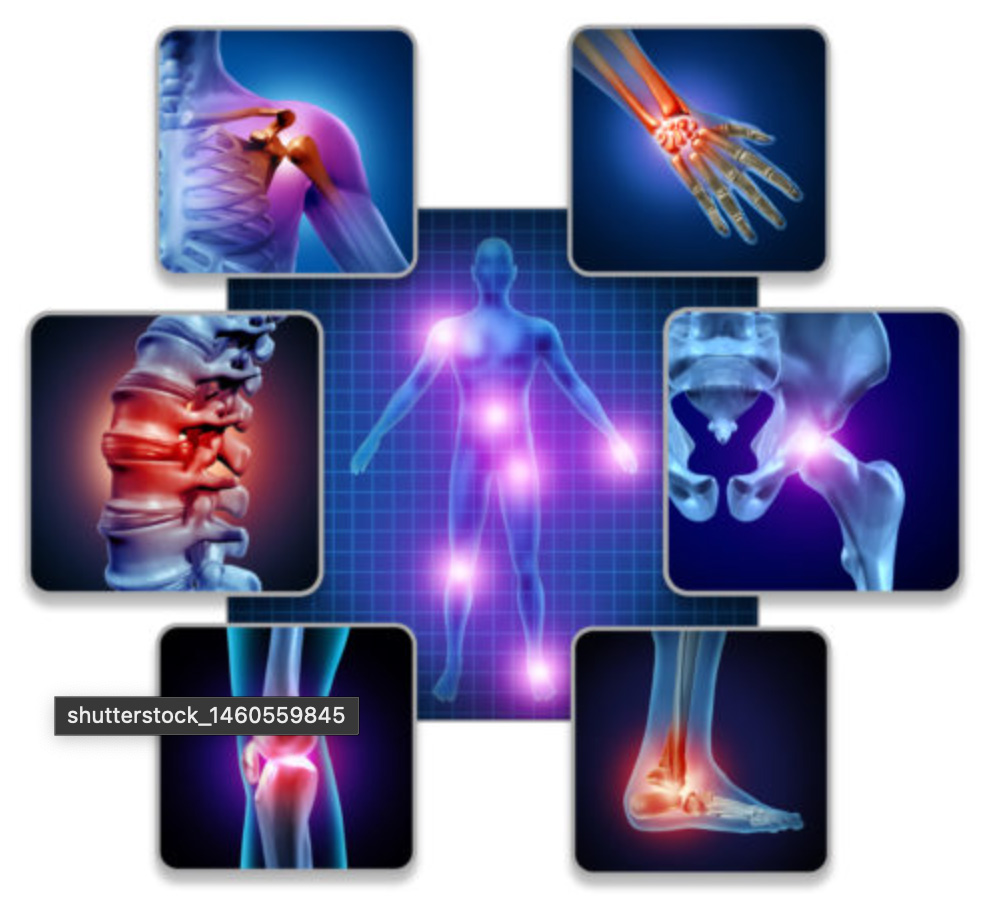
Specialties
Joint Replacement
Joint Replacement
The team at First State Orthopaedics offers our patients the comfort of knowing that you are in good hands with our board-certified joint specialists. Each one of our patients is unique, and we offer an individualized treatment protocol ensuring the best possible outcome so you can get back to living your life. One of the major benefits of having a total joint replacement done as an outpatient procedure is the ability to recover at home, with the support of your family and friends. We offer a variety of joint replacements options, including a partial (unicompartment/uni) knee replacement, total knee replacement, total hip replacement and total shoulder replacement. All can be performed safely in an outpatient setting thanks to advances in surgical technique, anesthesia, and post-operative physical therapy.

Uni Knee Replacement
A partial knee replacement is indicated for patients who have arthritis in only a portion of their knee. The arthritis can be in the medial, lateral or patellofemoral (kneecap) compartments. By replacing only the damaged part of the knee, a partial knee replacement allows for preservation of the remaining healthy parts of the natural knee and may aid in quicker, more normal recovery.
Total Knee
A total knee replacement is performed for patients who have damage to their entire knee joint and who have not responded to conservative treatment options. The total knee replacement will be done in our outpatient setting allowing for patients to recover in the comfort of their own home.
Total Hip Replacement
The total hip replacement is designed to replicate the action of your hip joint, which is a ball and socket joint. The damaged bone and cartilage are removed and replaced with implants. The goal of the procedure is to provide improved mobility and reduce the pain associated with bone on bone contact.
Anterior Total Hip Replacement
An anterior total hip replacement is a complete hip replacement done from an anterior (or front) approach. Our specially trained physicians safely replace your hip using a muscle sparing technique, which leads to decreased post-operative pain and improved early function.
Total Shoulder Replacement
A total shoulder replacement involves replacing the ends of two shoulder bones in the damaged joint with artificial surfaces of metal and plastic. This allows the patient to have increased mobility and less pain.
Reverse Shoulder Replacement
A reverse shoulder replacement involves replacing the ends of two shoulder bones in the damaged joint with artificial surfaces of metal and plastic similar to a total shoulder, however the ball and socket are “reversed”. This type of replacement does not require a functioning or intact rotator cuff. This will allow the patient to have increased mobility and less pain.
